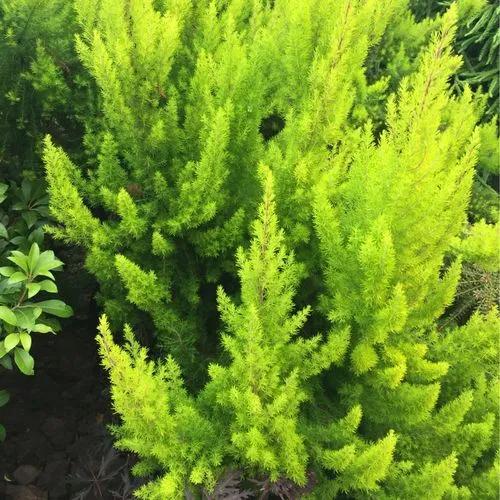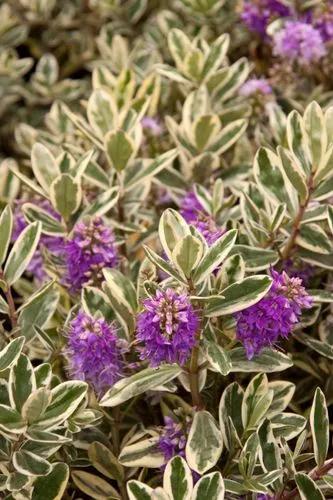Tamarix gallica is a deciduous Shrub growing to 4 m (13ft) by 6 m (19ft) at a medium rate. It is hardy to zone (UK) 5. It is in flower from June to August. The species is hermaphrodite (has both male and female organs) and is pollinated by Bees. It is noted for attracting wildlife. Suitable for: light (sandy), medium (loamy) and heavy (clay) soils, prefers well-drained soil and can grow in heavy clay soil. Suitable pH: acid, neutral and basic (alkaline) soils and can grow in very alkaline and saline soils. It cannot grow in the shade. It prefers dry or moist soil. The plant can tolerate maritime exposure.
French Tamarisk Care
Tamarix Gallica



Tamarix gallica, the French tamarisk, is a deciduous, herbaceous, twiggy shrub or small tree reaching up to about 5 meters high. It is indigenous to Saudi Arabia and the Sinai Peninsula, and very common around the Mediterranean region. It is present in many other areas as an invasive introduced species, often becoming a noxious weed. It was first described for botanical classification by the taxonomist Carl Linnaeus in 1753, but had already been in cultivation since 1596. It has fragile, woody branchlets that drop off in autumn along with the small, scale-like leaves that cover them. The leaf-shape is an adaption over time to exceedingly dry conditions. The pink flowers are tiny, hermaphroditic, and are borne on narrow, feather-like spikes. They frequently bloom earlier than the leaves, first in May, and sometimes a second time in August. In its native range the plant grows in moist areas such as riverbanks, especially in saline soils. It has been grown as an ornamental plant for its profuse production of showy pink flower spikes. In Algeria and surrounding areas it has been used medicinally for rheumatism, diarrhea, and other maladies. Its juice is an ingredient for Gaz, a Persian delicacy from Isfahan.
How to Care for the Plant

Popularity

683 people already have this plant 164 people have added this plant to their wishlists
Discover more plants with the list below
Popular articles





